GUADELOUPE
WELCOME TO GUADELOUPE
Entry Into Department
Pointe-à-
1,628km2
395,700
French
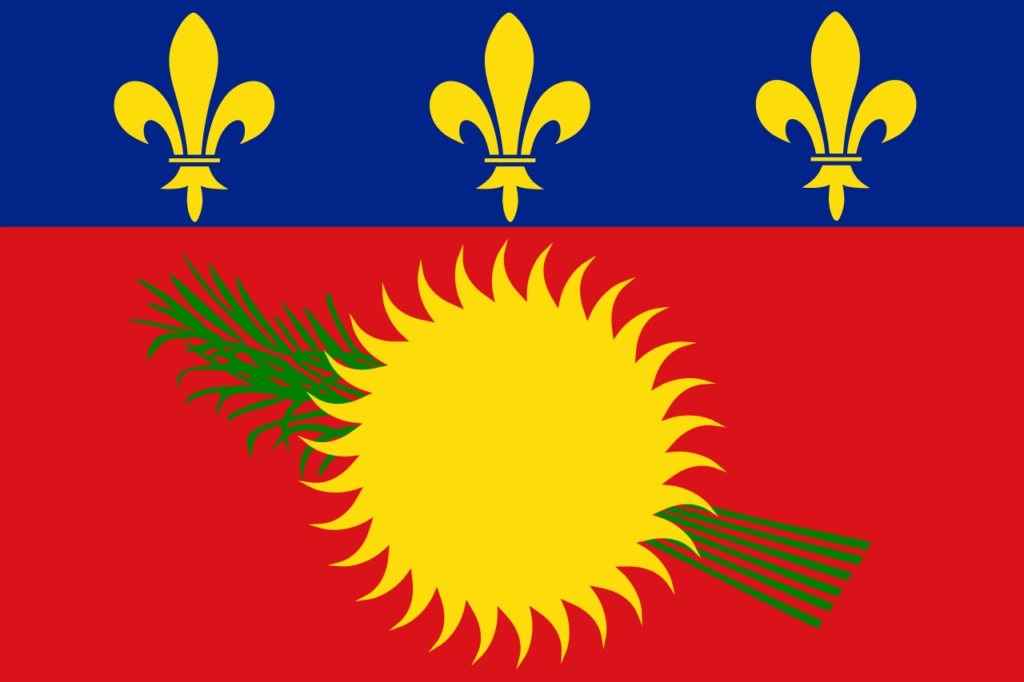
Popular
Geography and Tourist Attractions
Information about the canton's tourist attractions, including popular destinations, events, and activities.
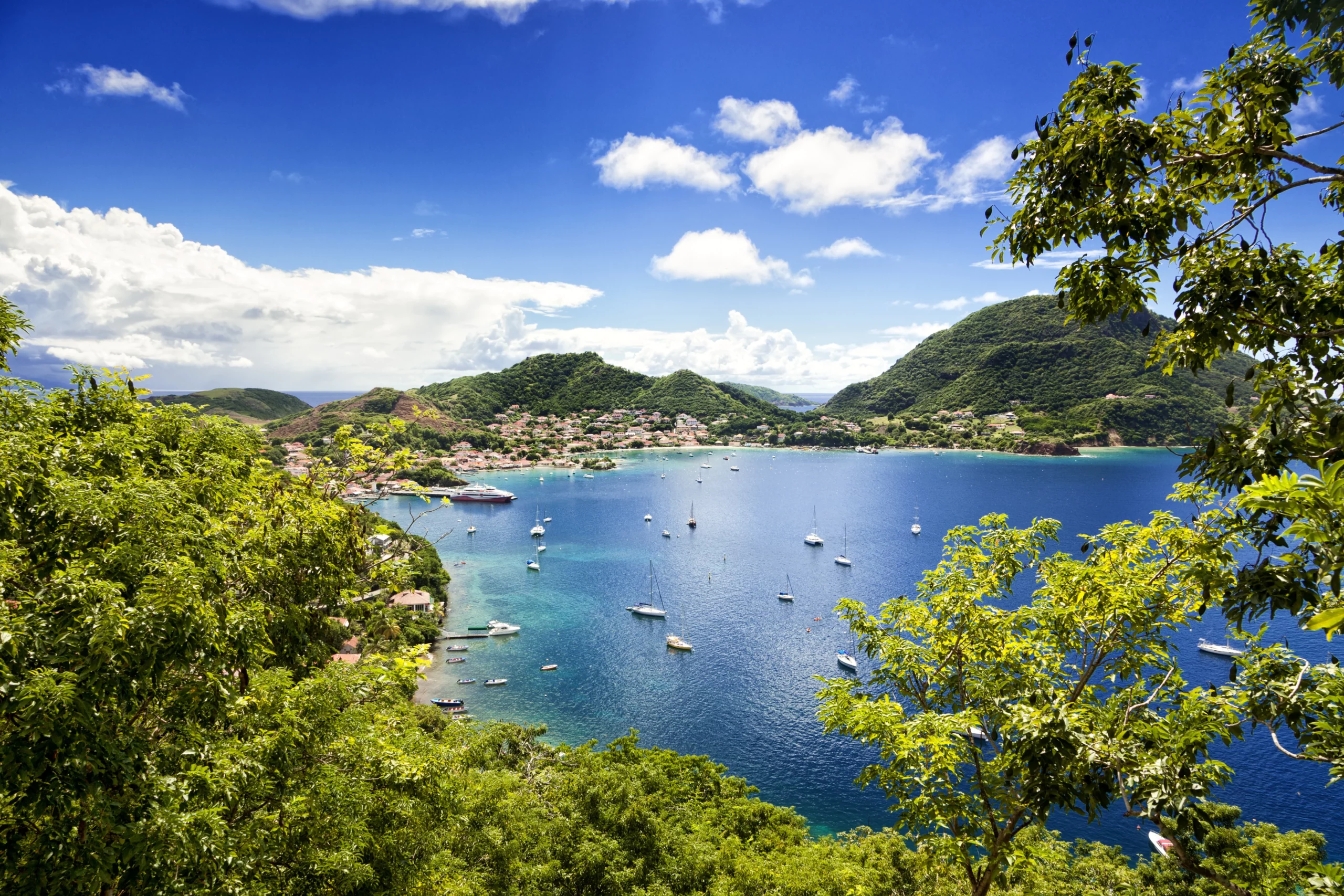
Les Saintes

La Soufrière
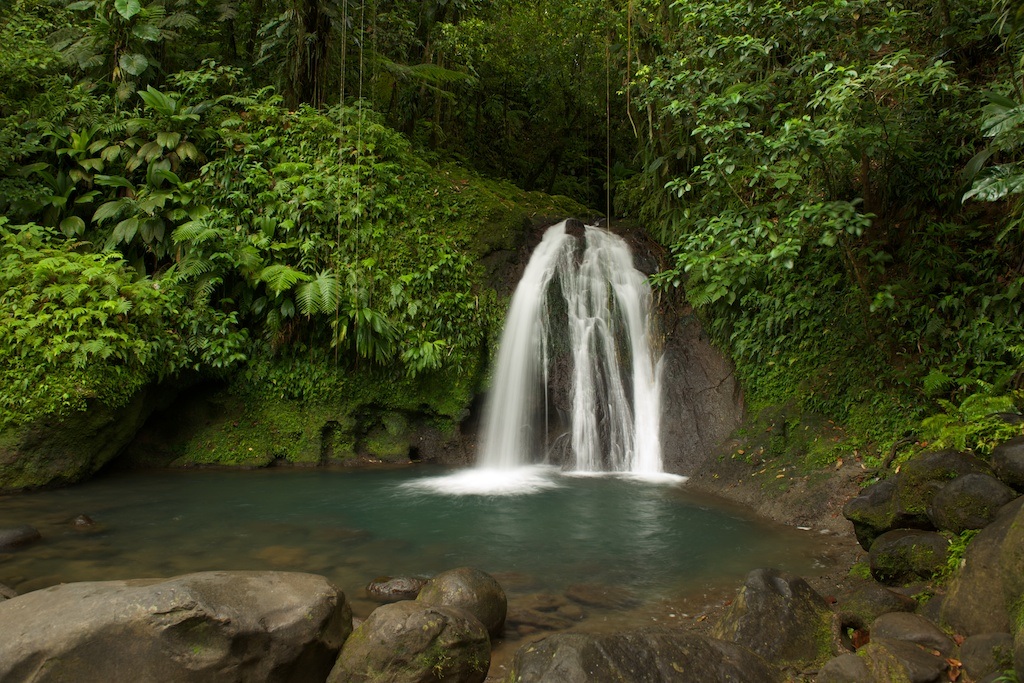
Guadeloupe National Park
Political
Economy and Government
Guadeloupe is an overseas department of France and therefore operates under the French economic and governmental system. As a result, the French government is responsible for providing public services, infrastructure, and social programs.
The economy of Guadeloupe is largely based on agriculture, with sugarcane and bananas being the primary crops. The island also has a developing tourism industry, which is fueled by its beautiful beaches, natural attractions, and cultural heritage. Other important sectors of the economy include manufacturing, services, and construction.
In terms of government, Guadeloupe is represented in the French National Assembly by a single deputy, and in the French Senate by two senators. Locally, the island is governed by the President of the Regional Council and the Prefect, who is appointed by the French government. The Regional Council is responsible for managing the island's economic development, environmental policies, and cultural programs. Guadeloupe also has its own departmental council, which oversees public services such as transportation, sanitation, and public works.

History
History and Culture
The history of Guadeloupe dates back to the arrival of the Arawak people, who inhabited the island for centuries before it was colonized by Europeans. The French established control over Guadeloupe in the 17th century, and the island became an important center of the sugar trade. The history of the island is marked by slavery, as thousands of Africans were brought to the island to work on the sugar plantations.
Today, Guadeloupe is a diverse society that is heavily influenced by both African and European culture. This is reflected in the island's music, dance, and cuisine, which is known for its spicy and flavorful dishes. Popular local dishes include accras (a type of fried fish cake), bokit (a sandwich made with fried bread), and colombo (a type of curry).
The island is also home to a number of historic sites, including the Château Murat and Fort Fleur d'Épée, which provide a glimpse into the island's colonial past. In addition, Guadeloupe is known for its vibrant festivals and celebrations, including the Carnival of Guadeloupe and the Festival of the Fishermen. These events are marked by music, dance, and colorful costumes, and attract visitors from around the world.
HOTELS

La Toubana Hotel & Spa
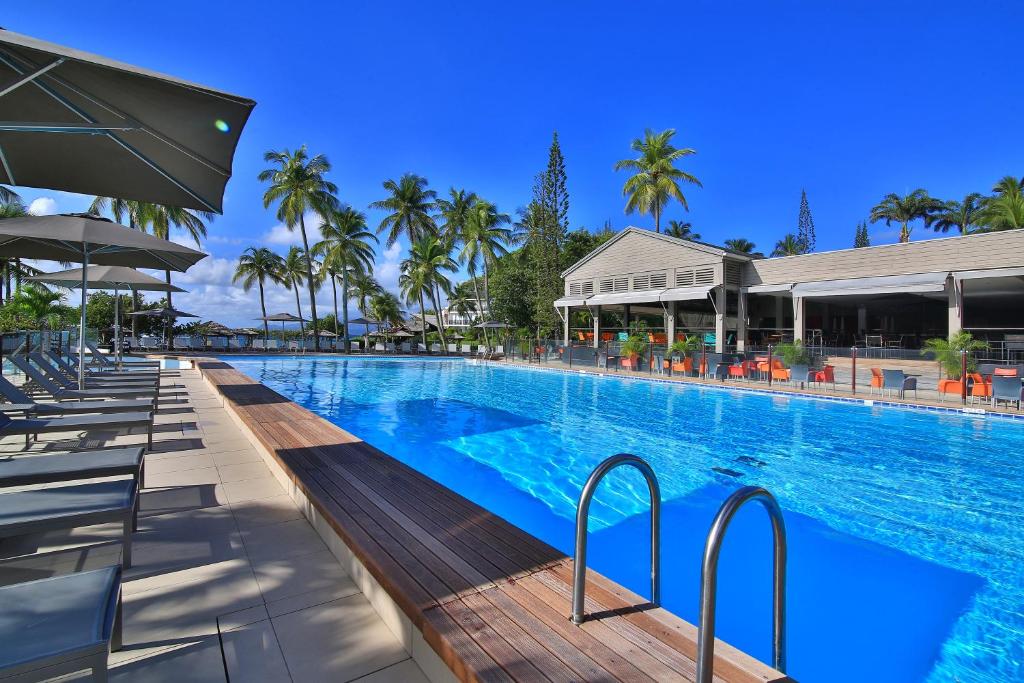
Hotel Le Mahogany

La Creole Beach Hotel & Spa
RESTAURANTS

Le Ti Maki
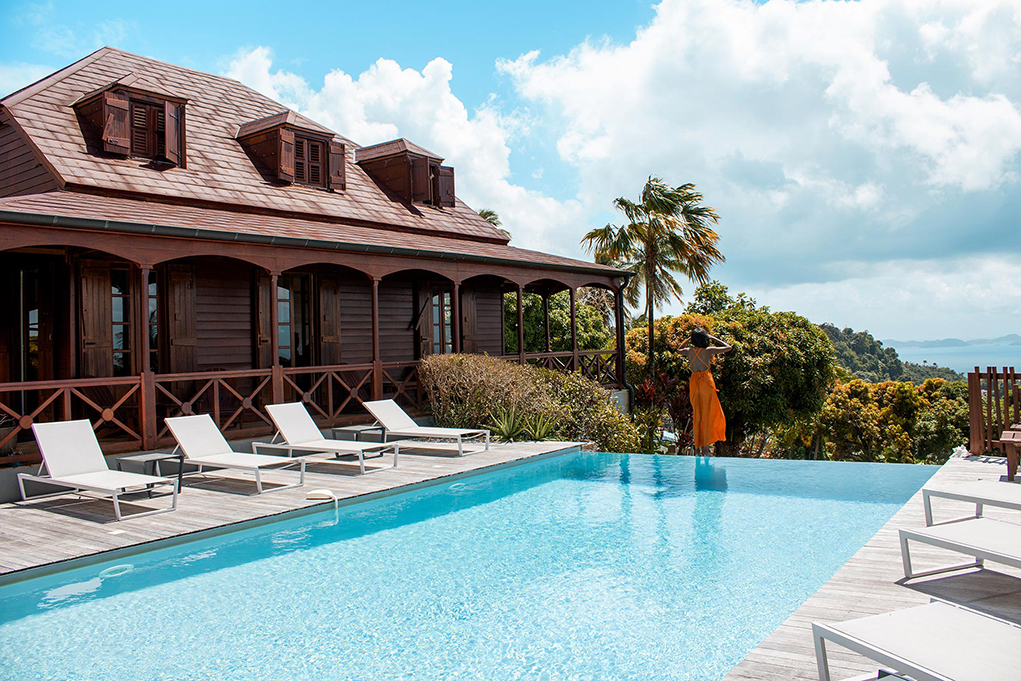
Le Jardin Malanga

